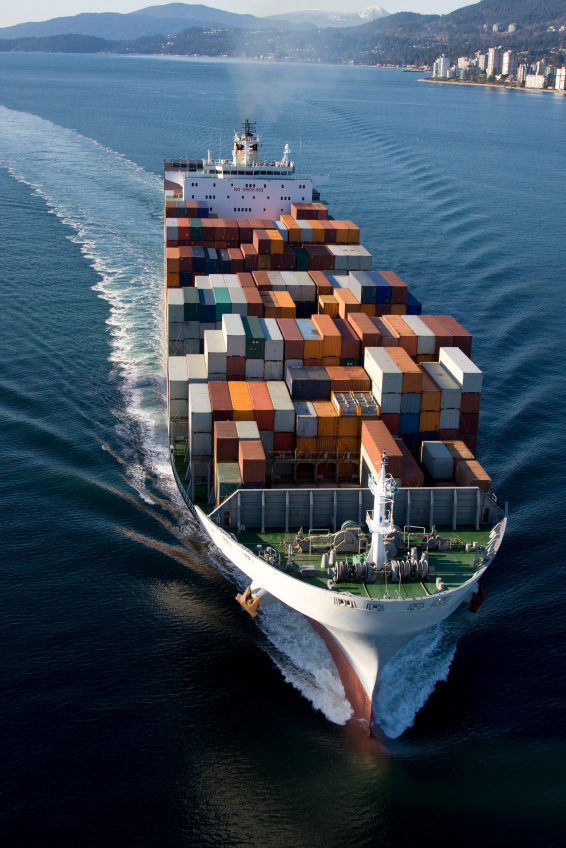With the October 2013 release of the Tom Hanks movie Captain Phillips the subject of piracy in the 21st century will be the topic of discussion when people gather around water coolers or coffee shops. Seafarers and commercial marine interests are re-experiencing a very old marine peril – piracy – which can be traced back to the mists of maritime commerce. Piracy is a marine peril that has been covered in marine insurance policies for centuries. It is a problem with many dimensions but is solvable with the proper application of old-fashioned seafaring knowledge and new technology.
K. Joseph Spears asserts in his 2009 article in The Journal of Ocean Technology that much of the writing and recent international press has focused on the geopolitical issues underlying the rash of piracy incidents arising from the Horn of Africa and the Gulf of Aden. This is a geographic area where a large portion of the world’s commerce transits en route from the Indo-Pacific Basin to the massive markets in North America and the European Union. Globalization and 90% of worldwide trade have led to increased importance of commercial shipping. This threat has served to heighten awareness of the importance of shipping to global trade.
To deal with piracy in the 21st century, maritime nations are going to need the capability and capacity to respond to these asymmetric (low tech) threats with technological innovation and training, and with a naval force. The NATO-led Coalition Naval Task Forces 150 and 151 have morphed into a piracy convoy protection force and will continue to evolve as the international rule of law, and the Law of the Sea Convention attempts to catch up with the reality that is taking place in the waters off the Horn of Africa.
While the international community figures out what to do about pirates, seafarers in the waters of the Horn of Africa and other pirate-prone waters will continue to go about their shipboard duties as they have for centuries. These seafarers, the older ones have never forgotten that an integral part of seamanship is the ability to “repel boarders.” Seamanship is both an art and science and we need to give seafarers the latest in technology to allow them to solve problems and adapt to a changing asymmetrical threat world.
What is very old is now very new.

